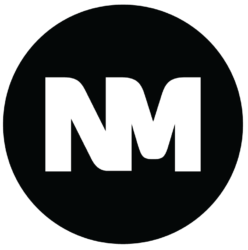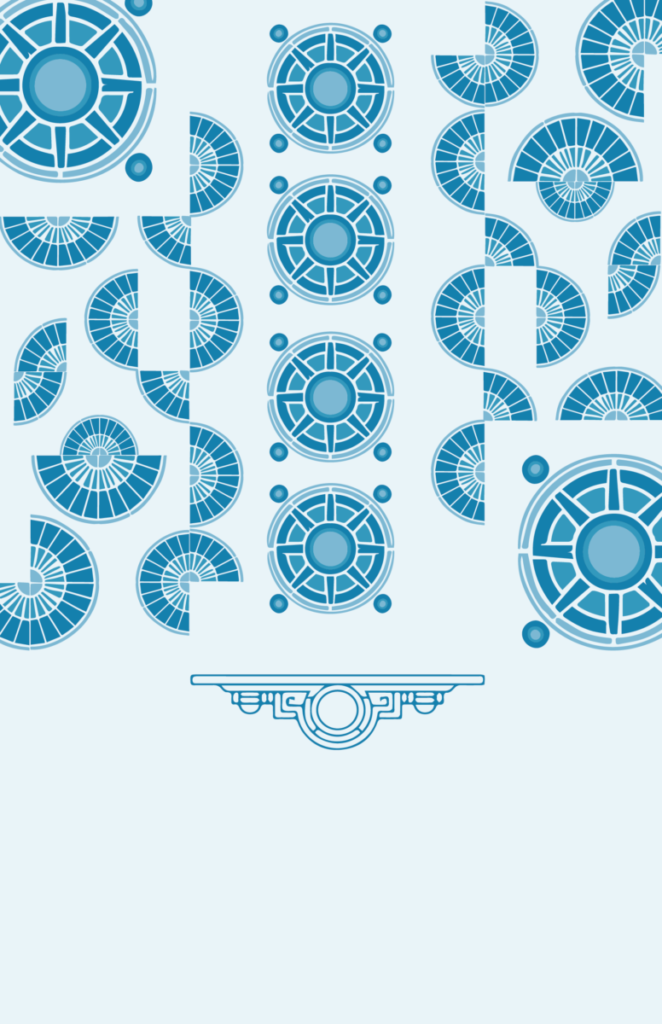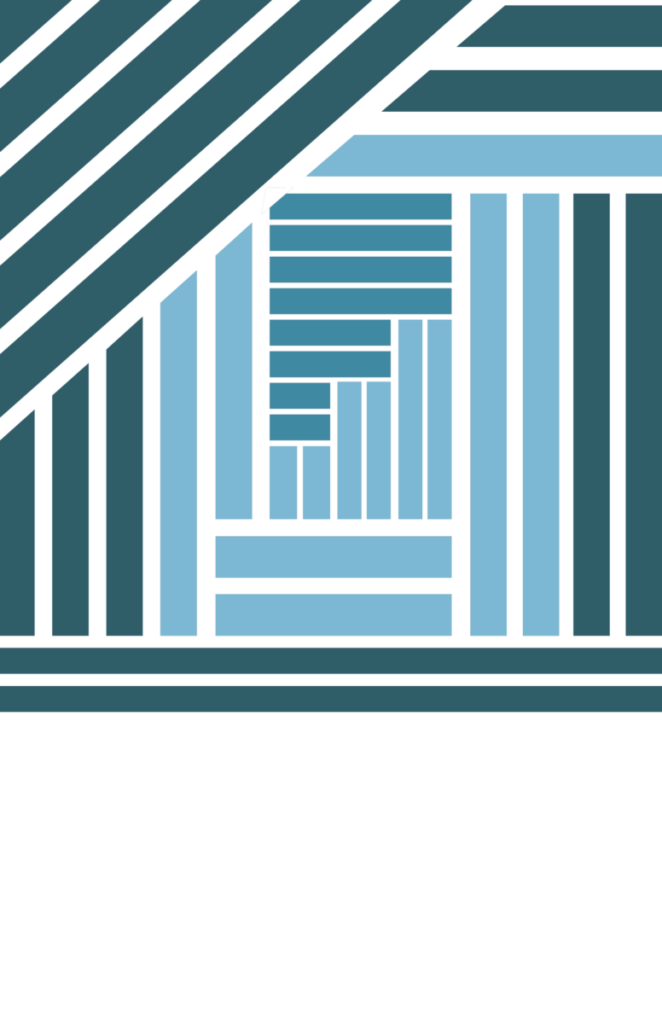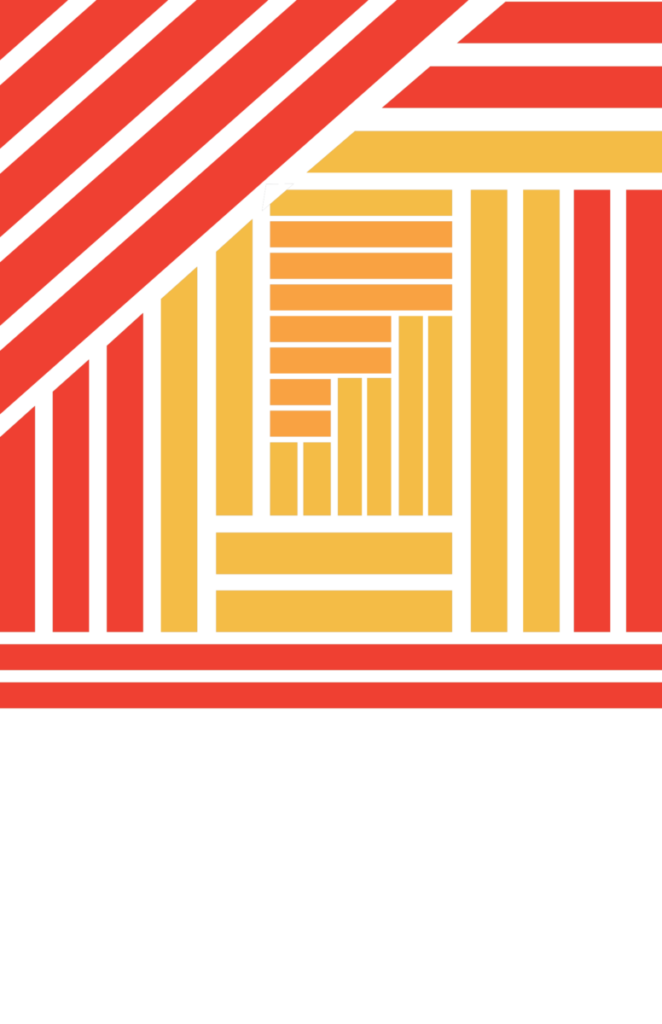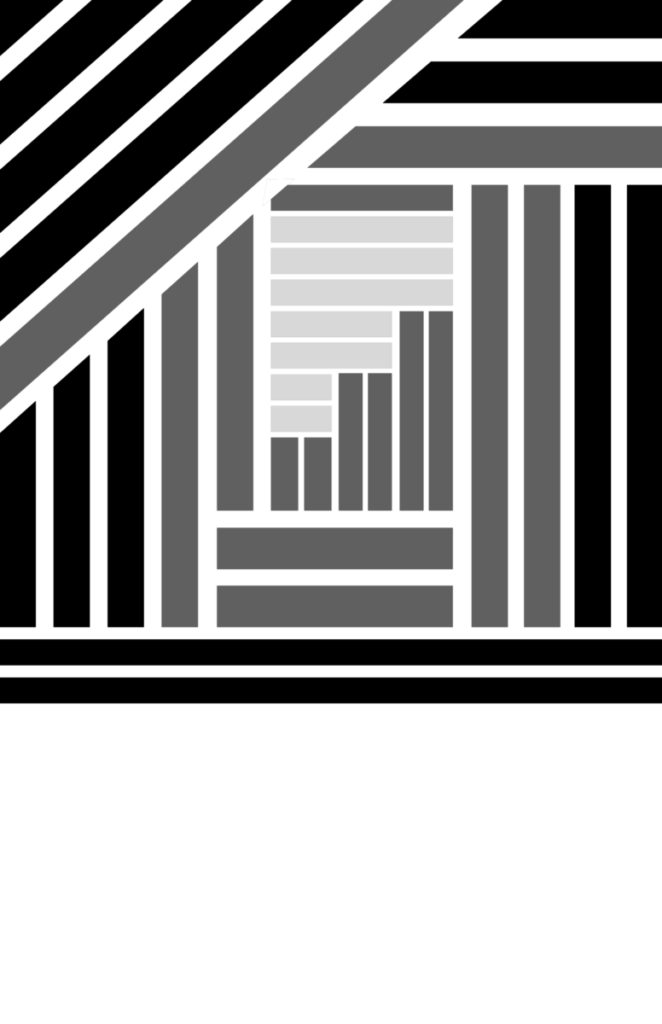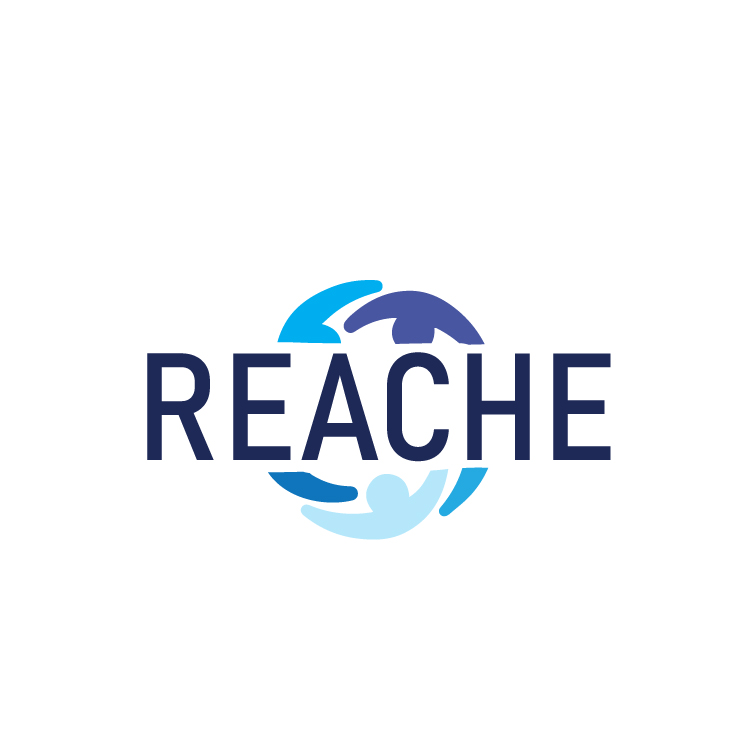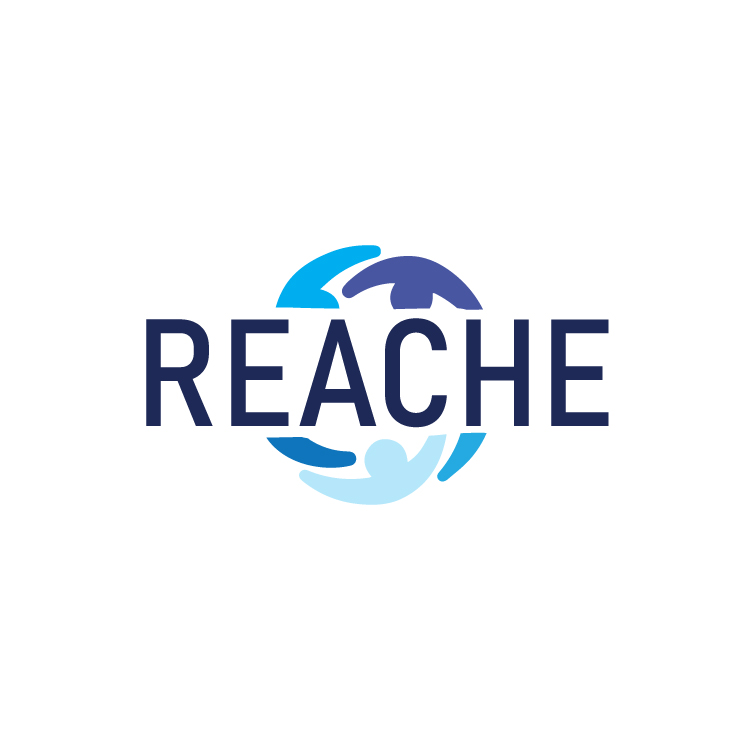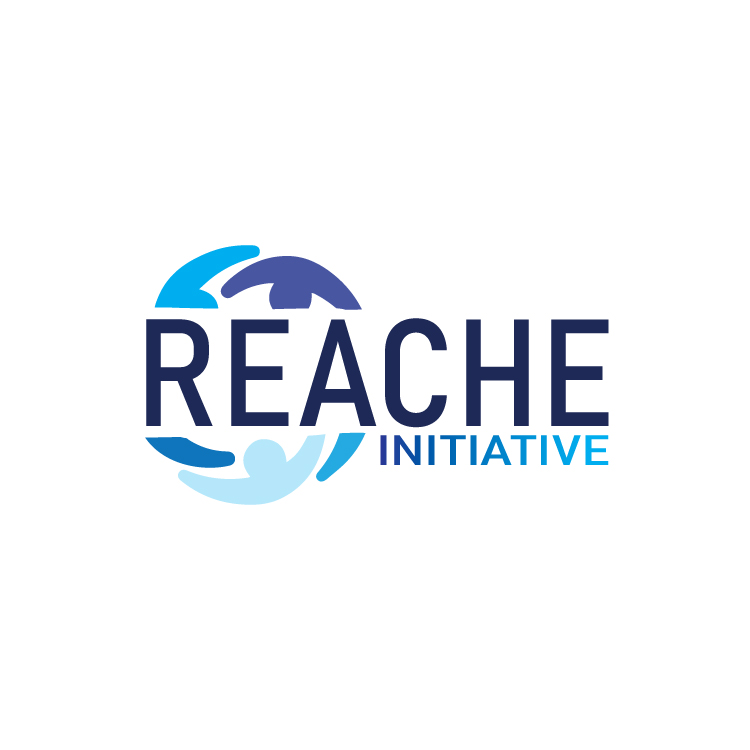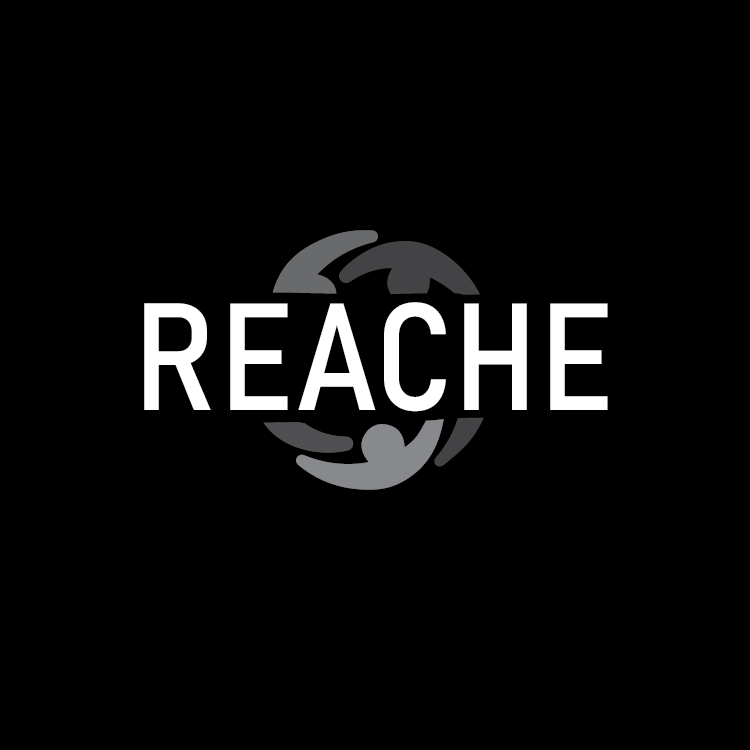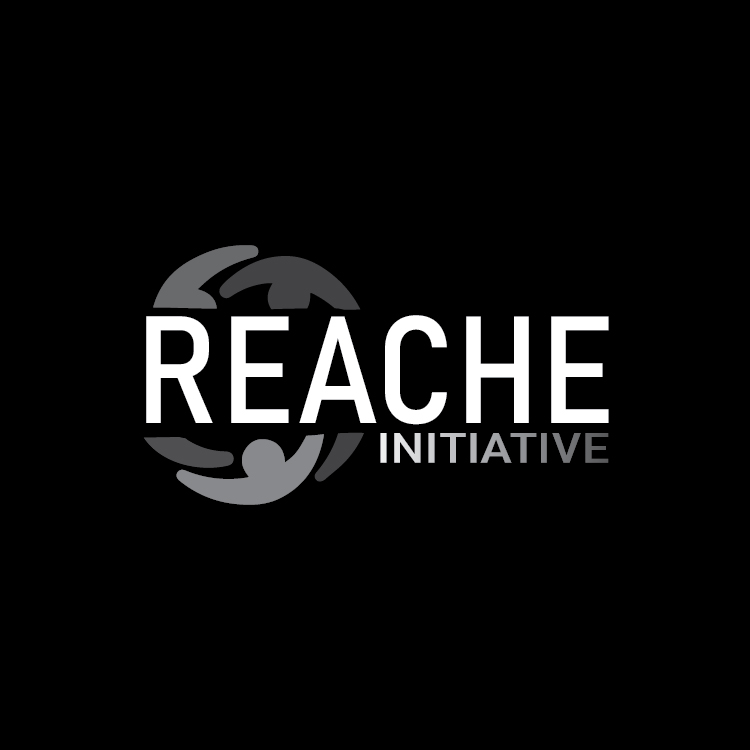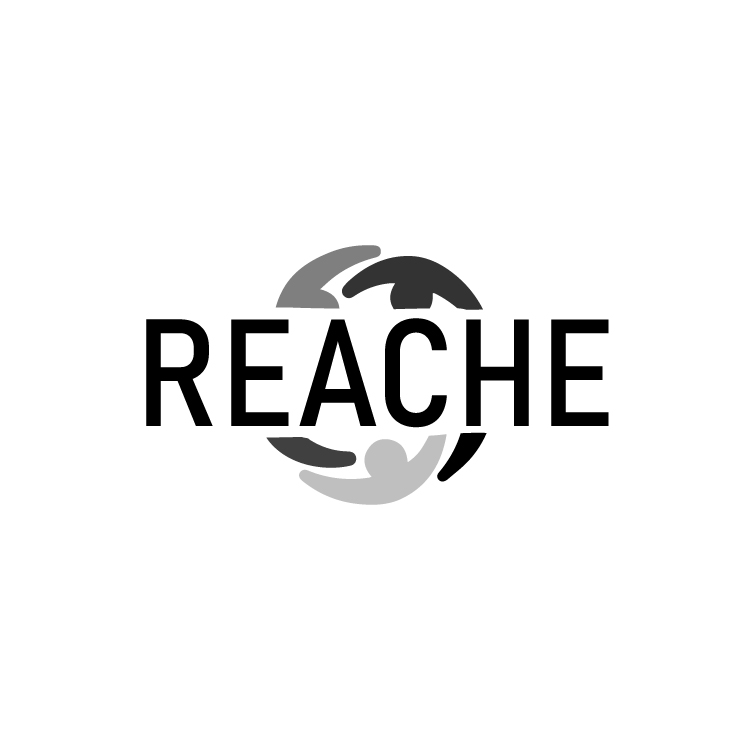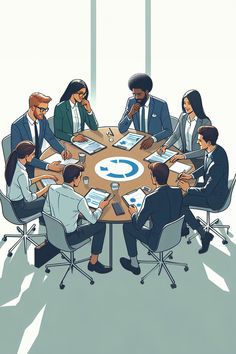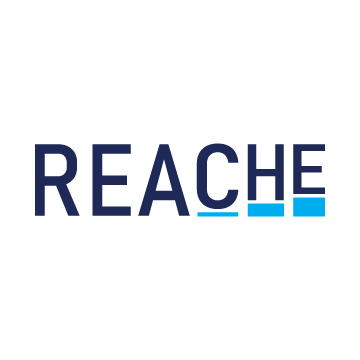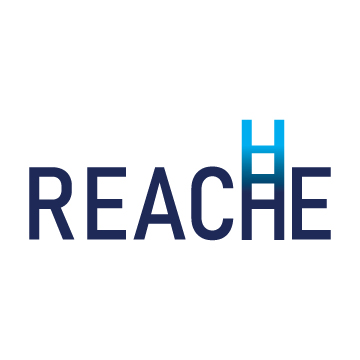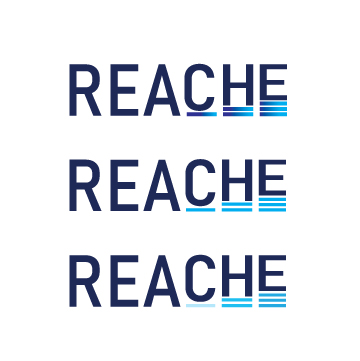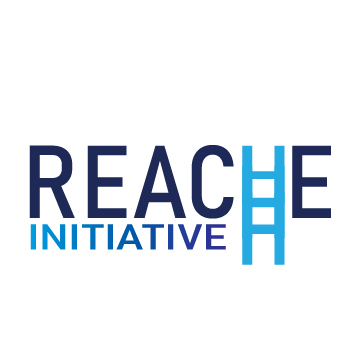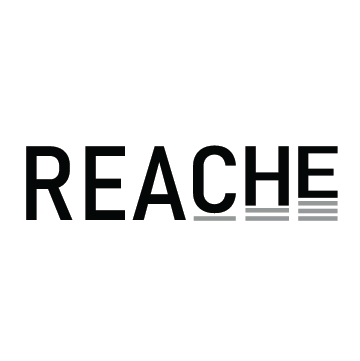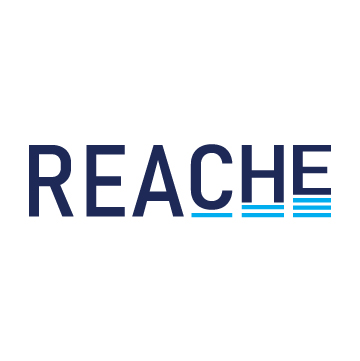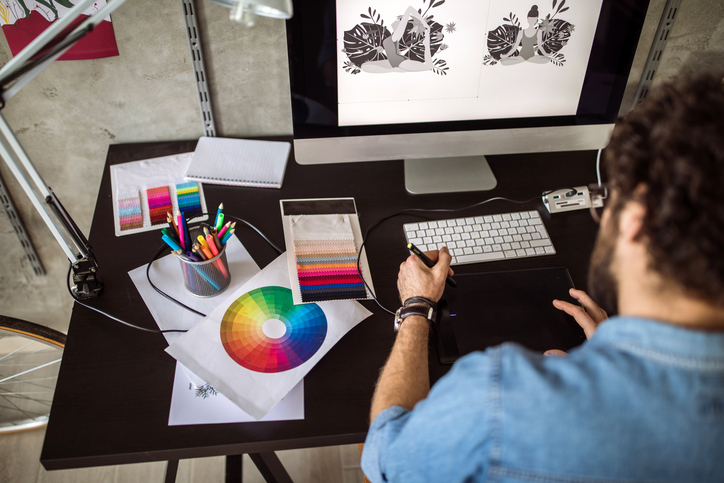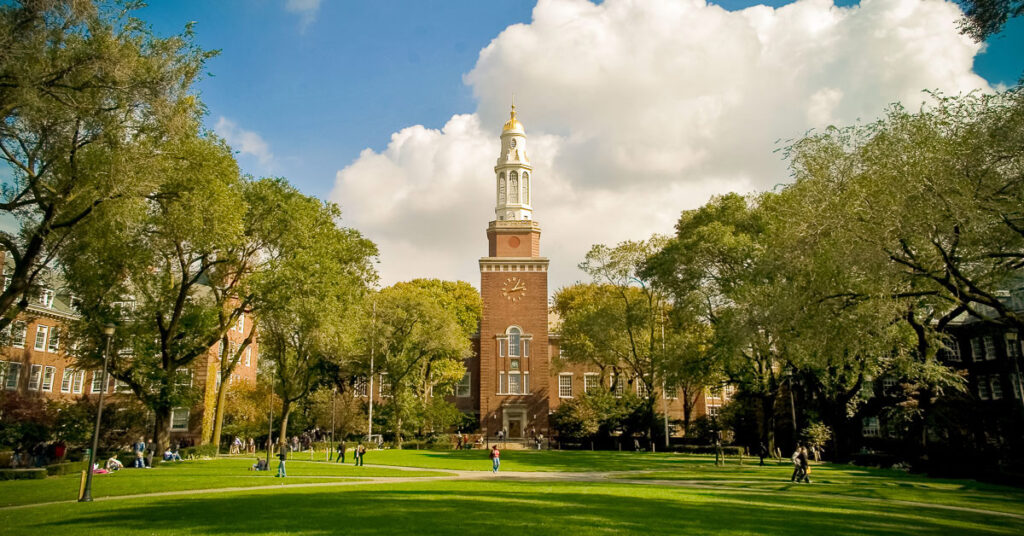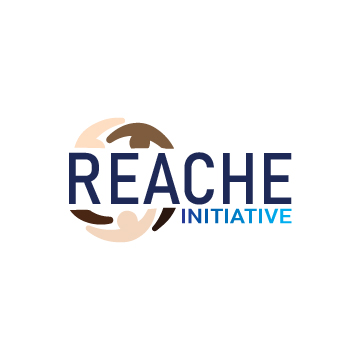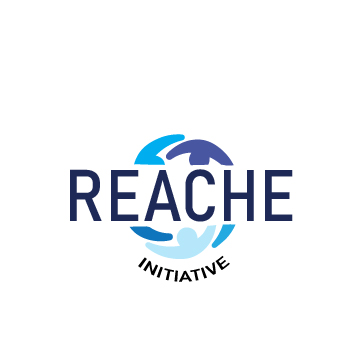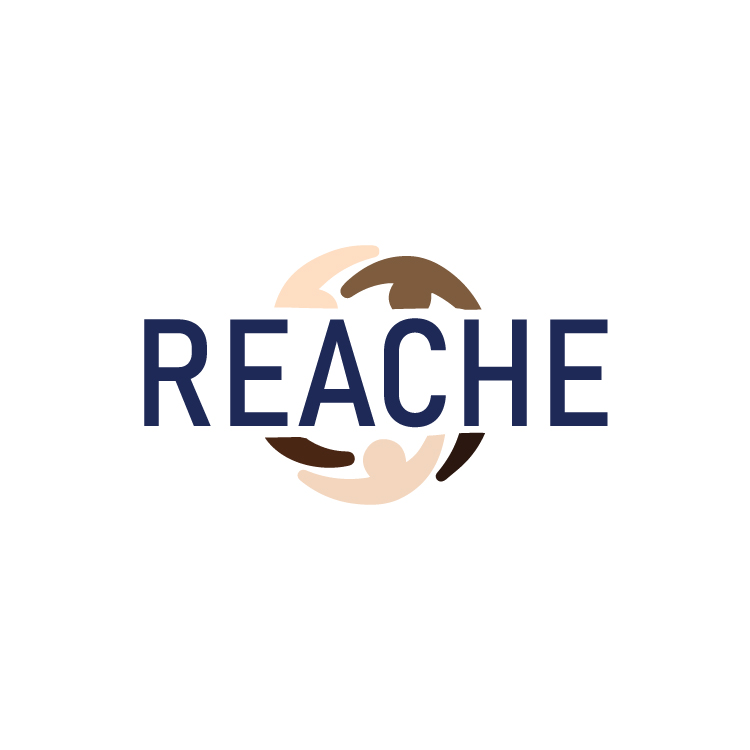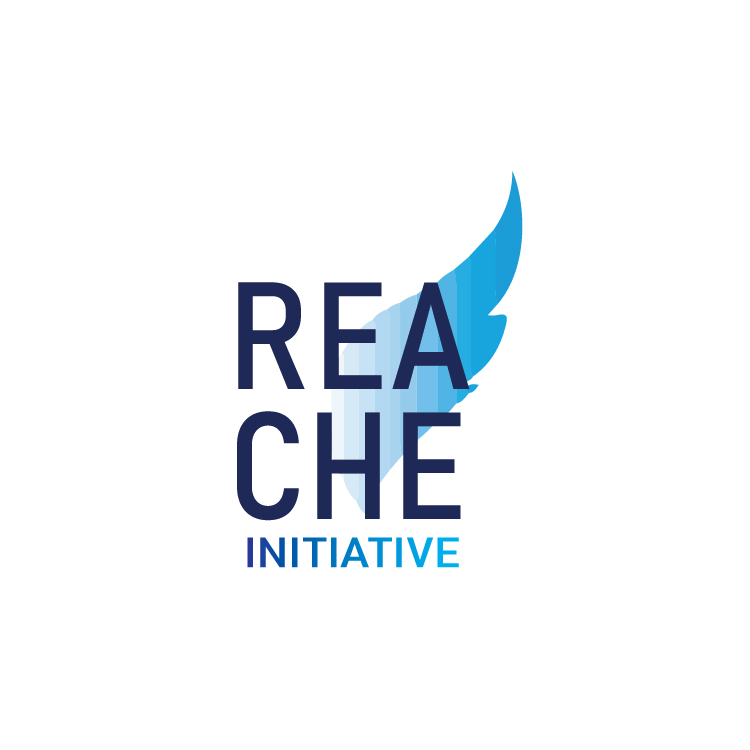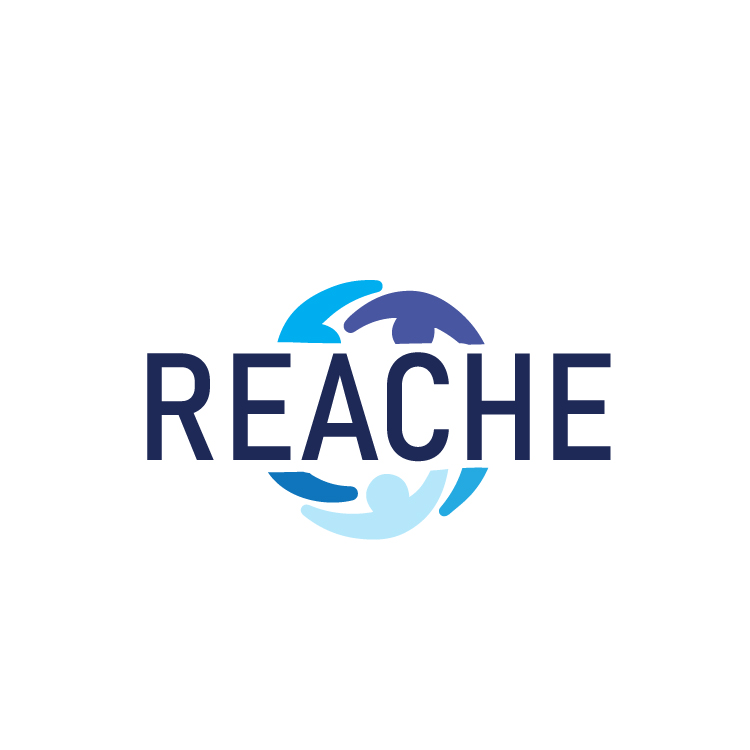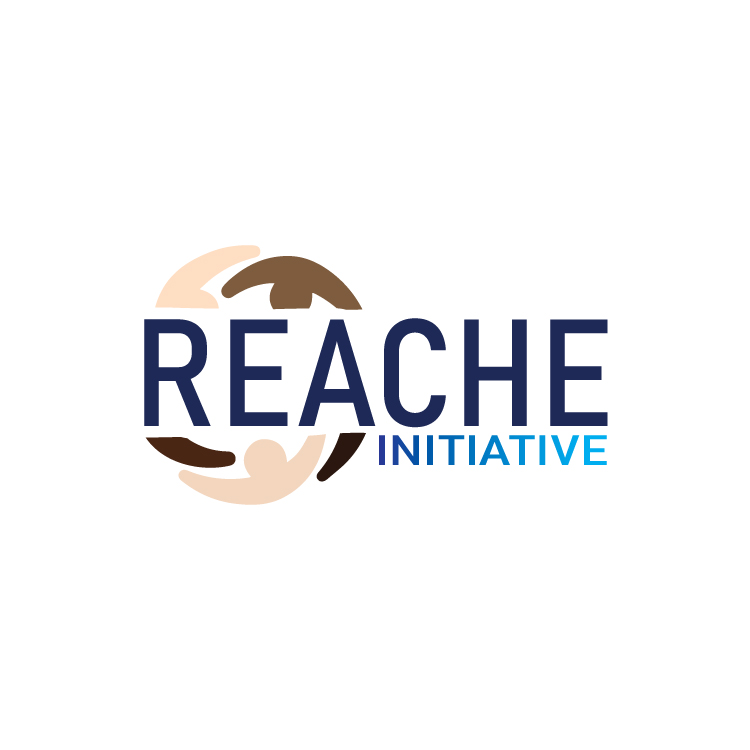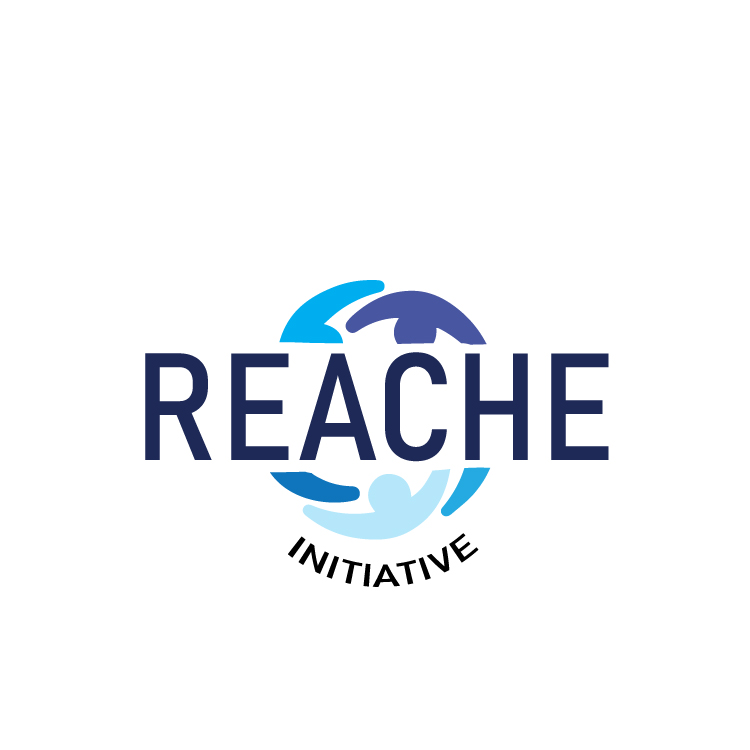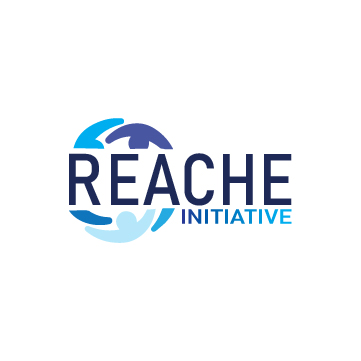Throughout my internship at Brooklyn College, I have received consistent and positive feedback from my supervisors, which has affirmed the quality of my work. The feedback has not only been encouraging but also instrumental in refining my projects. One particular instance that stands out is the REACHE logo design project.
In the initial weeks, I brainstormed and developed various concepts, including the “H” as a ladder and the boxes symbolizing equity. My designs were well-received, and one of my concepts was selected by the client. This positive feedback boosted my confidence and validated my creative approach.
In subsequent weeks, I took on new challenges, such as creating report cover designs. I experimented with different styles, including architectural shapes, bold rectangular strokes, and simple triangular designs. The collaborative feedback sessions with my team were incredibly beneficial, allowing me to refine my work and learn from my peers.
During my final week, I was tasked with creating vertical cover designs, a new and challenging direction. After brainstorming, I developed and submitted four versions, receiving specific feedback to adjust the colors. This iterative process taught me the importance of adaptability and attention to detail.
Overall, this internship has been a profound learning experience. The projects allowed me to apply and expand my design skills while the feedback from my supervisors helped me grow as a professional. My ability to incorporate feedback and produce high-quality designs that align with the organization’s values has been a significant achievement. I am confident that the skills and insights gained during this internship will greatly benefit my future career in design.
